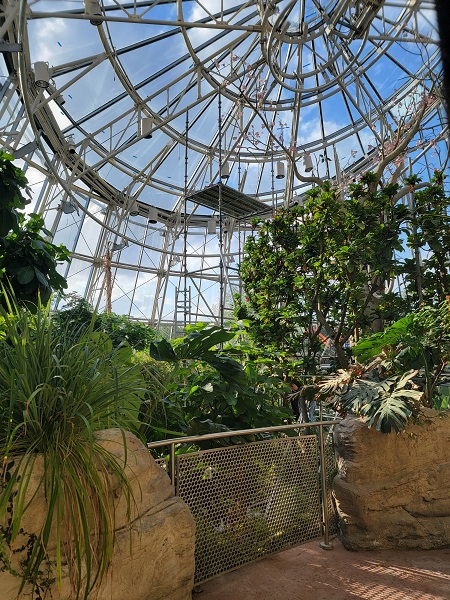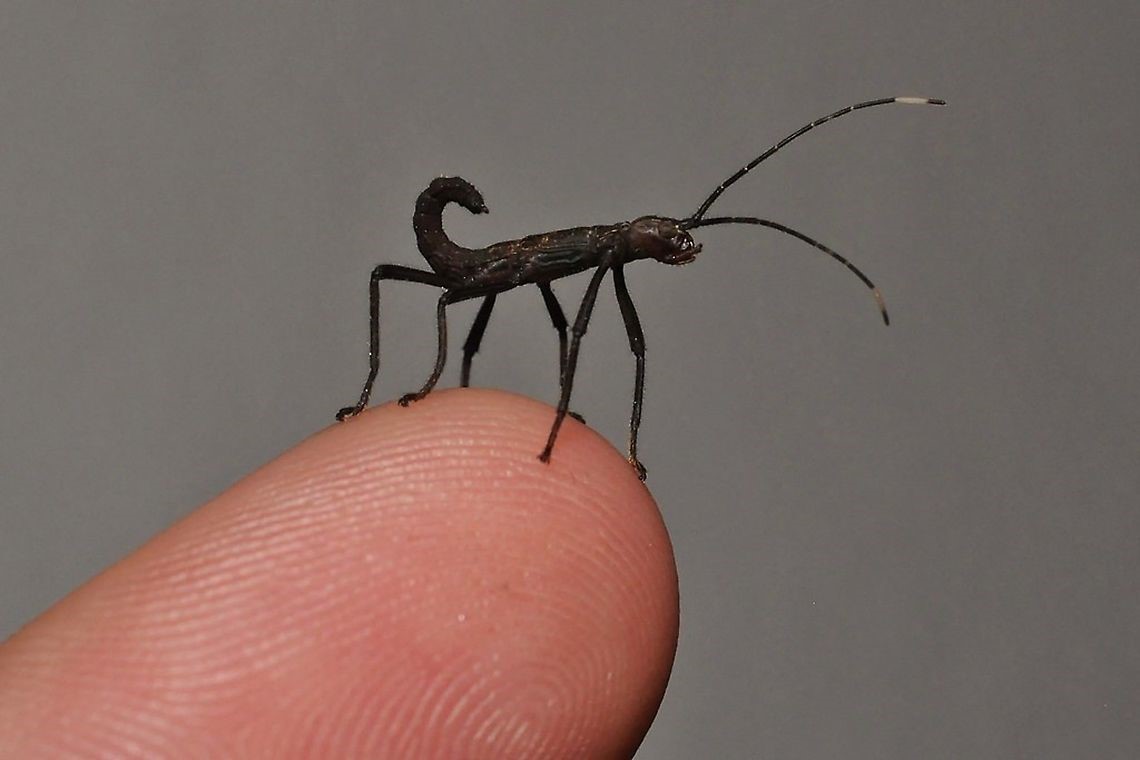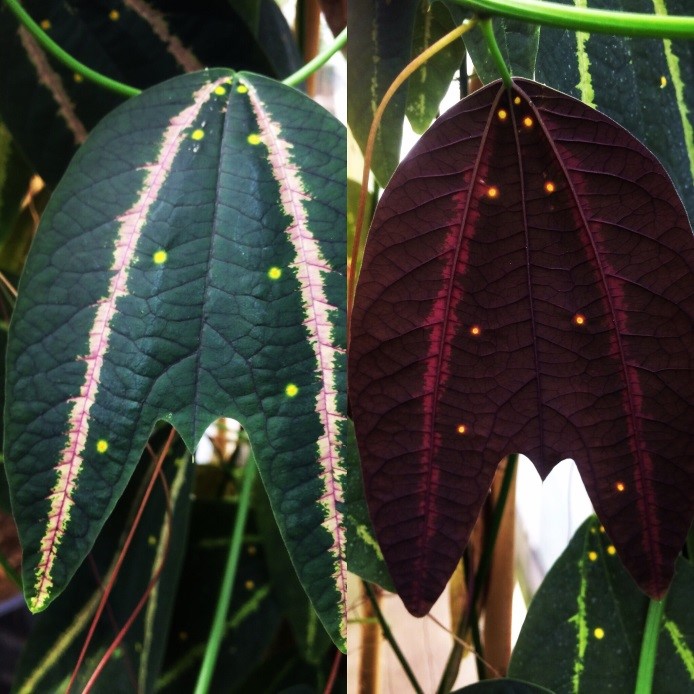The Cockrell Butterfly Center (CBC) strives to bring the natural world to within the public’s reach. Visitors enjoy tropical plants and exotic animals exhibited throughout the indoor rainforest, insect zoo, and practical entomology hall, and as they wander through the CBC, they’re sure to ask tons of questions! To keep you informed, we’ve compiled a list of the top five most frequently asked questions about the CBC and answered them below. Take a look!
Q. Is that real?
A: It depends on what you are asking about.
Usually this question is asked about the chrysalids hanging in the emergence chamber. In that case, the answer is yes! All the chrysalids you see are real! We receive between 800 and 1,000 chrysalids per week. The chrysalids are carefully glued up so the butterflies can emerge in a natural position. If you look carefully, you may see the chrysalids wiggling. You can also observe the freshly emerged butterflies drying their wings. Twice a day, we collect the butterflies with fully dry wings and release them into the CBC rainforest.

These chrysalids are real! Soon butterflies will emerge from each one.
When this question is about the plants in the Rainforest Conservatory, the answer is also yes, but with one exception. All the plants are real except for the huge central tree. This tree contains the rainforest’s air circulation system. All others are living plants that are meticulously cared for by our staff horticulturalist, Soni Holladay. Each plant is labeled, so keep a lookout for a coffee tree, chocolate tree, pride of Trinadad, pineapple plants, miracle berry bush, and a variety of beautiful orchids.

Before and after the completion of CBC construction. All the plants in the CBC are real with the exception of the large central tree.
Q. How many butterflies are there in here?
A. We keep a collection of more than 1,500 live butterflies in the CBC rainforest at all times. It may seem like more or less, depending on how active the butterflies are. The butterflies are most likely to be actively flying and feeding when there is bright sunlight and warm weather. During these times, the whole rainforest feels like it’s fluttering around you. Early in the morning, or in cooler, overcast weather, many of the butterflies will be quietly roosting underneath leaves. During these times, a sharp eye will allow you to spot the sleeping butterflies all around you. Take this time to enjoy the variety of colors and patterns that are more easily discernible on butterfly wings that aren’t flying. Owl butterflies, however, are active at dusk.

Shhhhhhhhhh! They’re sleeping! Look for roosting butterflies hanging from leaves next time you visit the CBC.
Q. Where do the butterflies come from?
A. We receive the butterflies in their pupal form (chrysalis) through the mail. Each week, we import up to 1,000 live chrysalids from butterfly farms in Central and South America, Southeast Asia, and Africa. We also raise a small portion of the butterflies in the greenhouses on the top level of the parking garage. We receive up to 150 different species of butterflies throughout the year. Use the butterfly identification guides as you enter the rainforest to help you identify some of our most common species!

Our butterflies are shipped from farms all over the world!
Q. What do the butterflies eat?
A. The CBC rainforest is always full of a variety of flowering plants. Most butterflies feed on nectar. Watch the butterflies visiting the blooms and you will notice them extending their proboscis into the center of the flower. They use this mouth part like a straw to draw up the nectar. Supplementary food is provided for the nectar-feeders in feeding stations filled with artificial nectar. Artificial nectar is made from a mixture of water, sugar and amino acids. It is soaked into sponges that the butterflies can visit to get an extra snack. But not all butterflies feed on nectar. Some prefer the juices from rotten fruit or tree sap. For the fruit-feeders we provide banana brew (fermenting bananas, sugar and beer mixture) as well as slices of over-ripe fruit. Butterflies are also known to feed on some less savory substances such and dead animals and feces.
Q. How long do the butterflies live?
A. It depends. Most butterflies are not long-lived. The average life span for the butterflies in the CBC rainforest is about two weeks. Some, like the Atlas moth, only live a few days. Atlas moths don’t even have mouth parts as adults, so they don’t feed at all! They live off of the fat stores they accumulated as a caterpillar. Several of the long-wing species of butterflies may live up to a couple of months. Perhaps the most well-known species of butterfly, the Monarch, is known for its amazing migration from Canada to Mexico. The migratory generation of Monarchs can live between 6 and 9 months!
We hope you enjoyed our quick Q&A session! Drop by the CBC any time to satisfy your curiosity further. We’re always around to answer questions.










